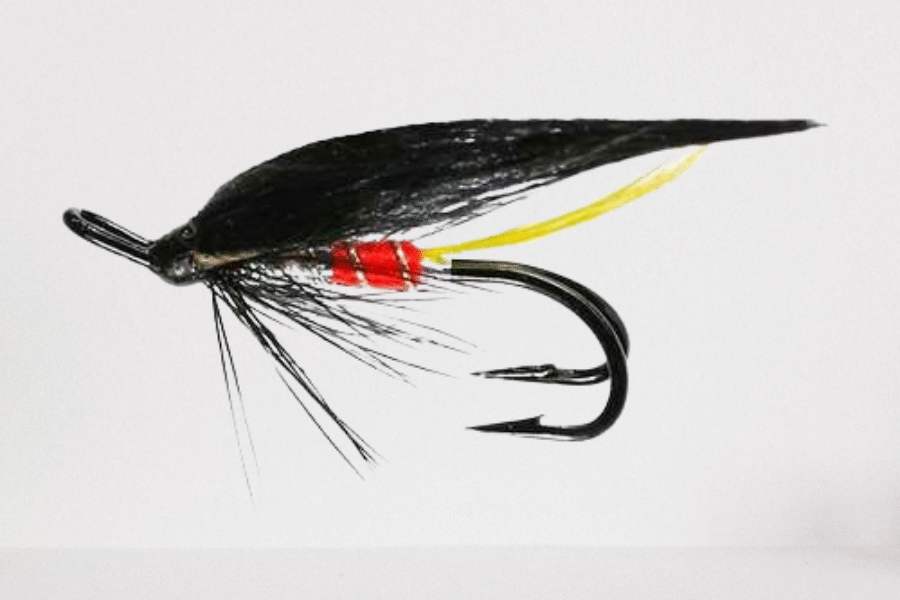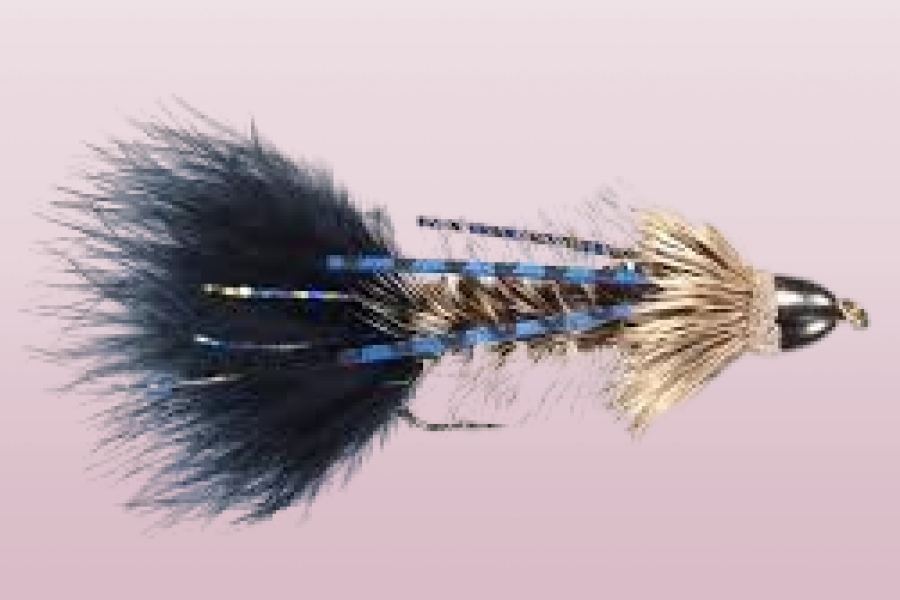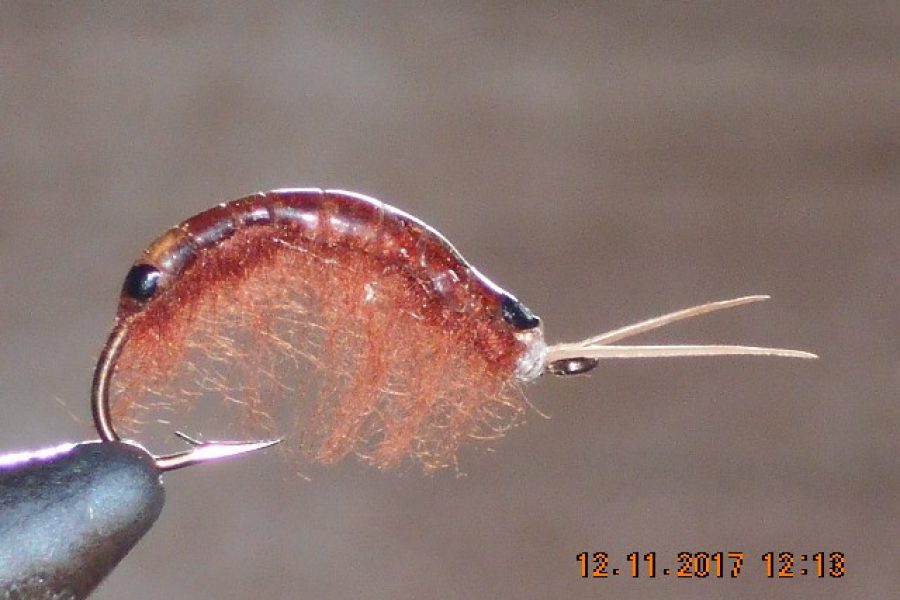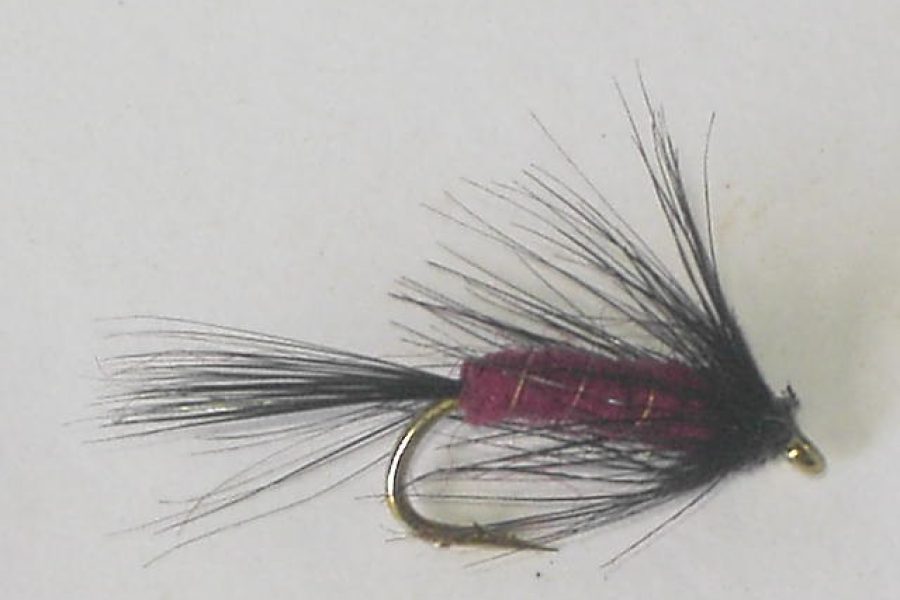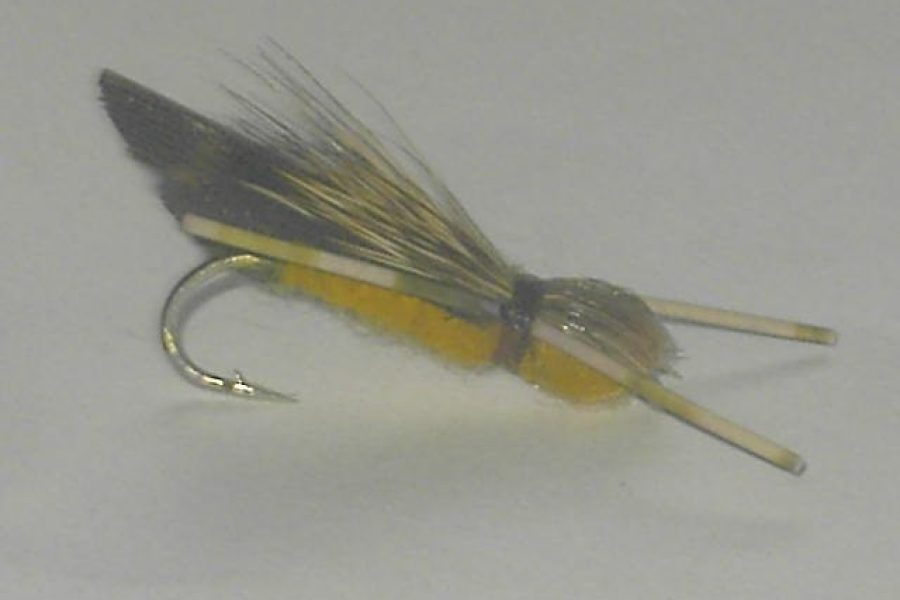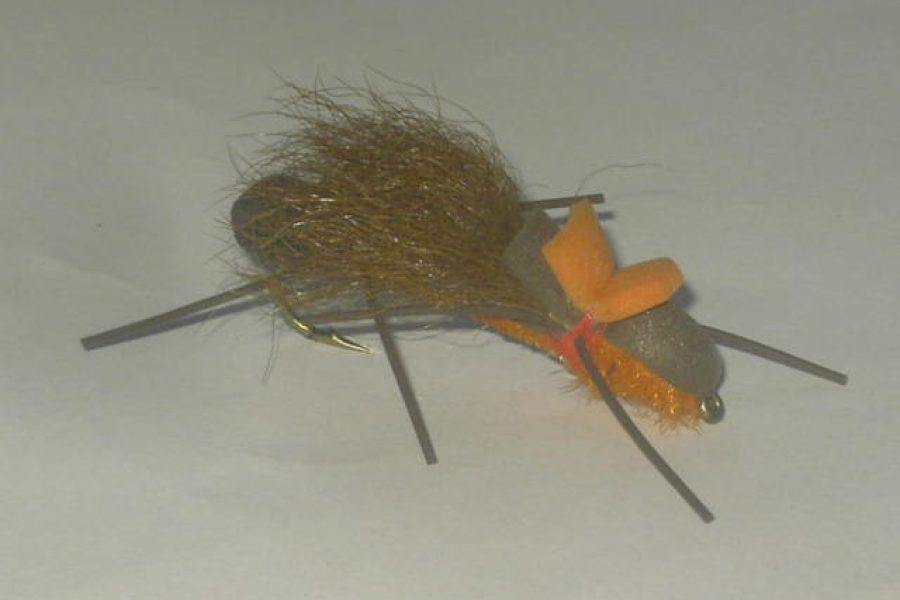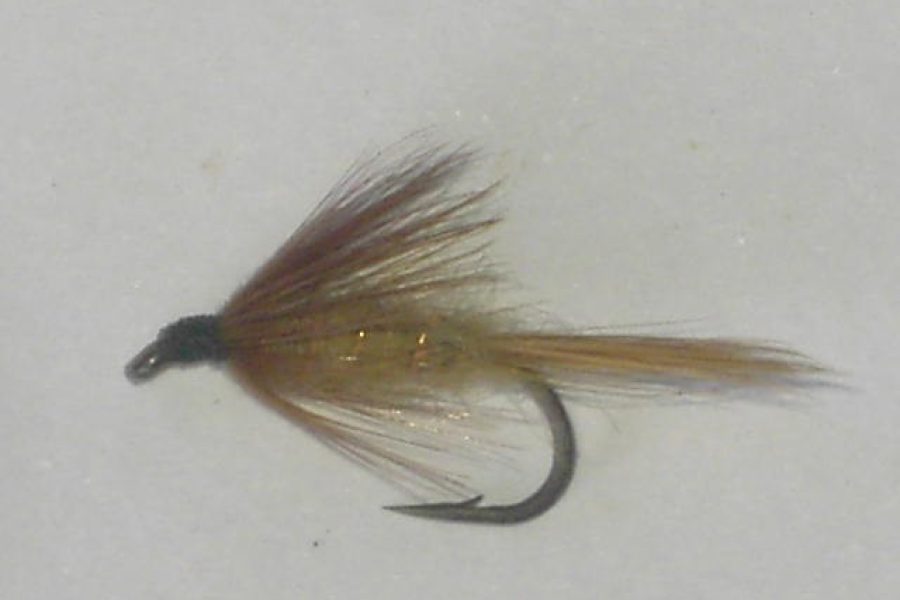Description
Product Overview and Heritage The Brown Beadhead Chironomid Pupa Nymph represents a specialized evolution in midge pupa imitation, featuring a unique combination of weighted bead and natural brown coloration that creates a highly effective subsurface pattern. This technical pattern incorporates traditional materials with modern tying methods, making it particularly effective for imitating chironomid pupae during their emergence phase. The pattern has become a reliable choice for serious stillwater anglers, consistently producing results in demanding situations.
Design Features and Materials Hook Characteristics:
- Premium curved pupa hook
- Available sizes: 12-20
- Standard wire construction
- Wide gap design
- Chemically sharpened point
- Bronze finish
- Optimal hook strength
- Enhanced penetration design
- Perfect size-to-weight ratio
- Freshwater durability
Material Components:
- Brass/tungsten bead
- Brown thread/dubbing
- Wire ribbing
- Enhanced durability
- Blended materials
- Modern construction
- Color-fast characteristics
- Movement enhancement
- Profile consistency
- Natural appearance
Construction and Tying Process The pattern’s success relies on precise construction methods:
- Balanced proportions
- Strategic bead placement
- Graduated body tapering
- Reinforced connections
- Material integration
- Enhanced durability features
- Proper wire wrapping
- Body segmentation
- Profile consistency
- Movement optimization
Fishing Applications and Techniques Presentation Methods:
- Vertical presentation
- Slow retrieves
- Multiple depths
- Depth control
- Pattern placement
- Static fishing
- Structure targeting
- Hang technique
- Action variation
- Traditional methods
Specialized Applications:
- Chironomid hatches
- Deep water
- Stillwater sections
- Clear conditions
- Low light periods
- Morning hatches
- Search pattern
- Active fish
- High-pressure situations
- Technical water
Seasonal Effectiveness Spring Performance:
- Early season success
- Mixed techniques
- Weather changes
- Pattern selection
- Temperature increases
- Fish movement
- Feeding windows
- Natural cycles
- Light conditions
- Hatch matching
Summer Strategy:
- Deep water fishing
- Morning/evening peaks
- Temperature adaptation
- Feeding patterns
- Oxygen levels
- Light penetration
- Fish behavior
- Water conditions
- Thermocline targeting
- Structure targeting
Fall Applications:
- Pre-winter feeding
- Cooling waters
- Changed light conditions
- Transitional periods
- Selective takes
- Pattern visibility
- Fish location
- Temperature drops
- Migration patterns
- Feeding windows
Habitat and Water Types Water Applications:
- Lakes and ponds
- Reservoirs
- Stillwaters
- Clear water
- Turbid conditions
- Structure areas
- Drop-offs
- Shelves
- Holding water
- Deep basins
Specialized Environments:
- Various waters
- Technical lakes
- Different depths
- Complex structure
- Weed edges
- Deep holes
- Different waters
- Shoals
- Current breaks
- Calm water
Target Species and Behavior Primary Species:
- Rainbow Trout
- Brown Trout
- Brook Trout
- Lake Trout
- Multiple Species
- Selective Feeders
- Deep-water Feeders
- Technical Fish
Behavioral Patterns:
- Suspended feeding
- Selective takes
- Pattern recognition
- Natural behavior
- Opportunistic strikes
- Selective periods
- Strike triggers
- Visual stimulation
- Lateral line response
- Competitive behavior
Rigging Recommendations Leader Setup:
- 12-16 foot leaders
- 5X-6X tippet
- Tapered leaders
- Fluorocarbon options
- Loop-to-loop connections
- Proper presentation
- Adequate stiffness
- Knot strength
- Breaking strain
- Abrasion resistance
Presentation Options:
- Single fly
- Indicator fishing
- Traditional methods
- Modern techniques
- Line matching
- Leader design
- Tippet selection
- Depth control
- Drift adjustment
- Action variation
Professional Applications Guide Usage:
- Client-friendly pattern
- Proven success rates
- Consistent performance
- Easy presentation
- Multiple techniques
- Teaching tool
- Confidence pattern
- Versatile applications
- Durability
- Hook-up ratio
Competition Usage:
- Tournament proven
- Technical water success
- Pressure adaptation
- Quick-change capability
- Consistent performance
- Pattern rotation
- Size variation
- Color selection
- Presentation options
- Result tracking
Care and Maintenance Post-Fishing Care:
- Thorough drying
- Material grooming
- Hook inspection
- Wire maintenance
- Material preservation
- Storage preparation
- Pattern inspection
- Shape verification
- Performance testing
- Movement checking
Storage Requirements:
- Dry environment
- UV protection
- Separate compartments
- Regular inspection
- Moisture prevention
- Temperature control
- Light protection
- Ventilation needs
- Box organization
- Inventory management
Advanced Fishing Methods Presentation Techniques:
- Depth variations
- Retrieve control
- Strike detection
- Pattern tracking
- Structure reading
- Systematic approach
- Pattern tracking
- Recovery methods
- Angle optimization
- Speed control
Water Reading:
- Depth understanding
- Structure assessment
- Fish location
- Holding areas
- Presentation angles
- Travel lanes
- Rest areas
- Temperature breaks
- Thermocline location
- Feeding zones
Environmental Considerations Conservation Features:
- Sustainable materials
- Durable construction
- Catch-and-release friendly
- Minimal environmental impact
- Eco-conscious design
- Material selection
- Ethical considerations
- Resource protection
- Species conservation
- Environmental awareness
Material Selection:
- Responsible sourcing
- Quality components
- Mixed elements
- Ethical production
- Sustainable practices
- Environmental impact
- Material longevity
- Waste reduction
- Local materials
- Eco-conscious design

